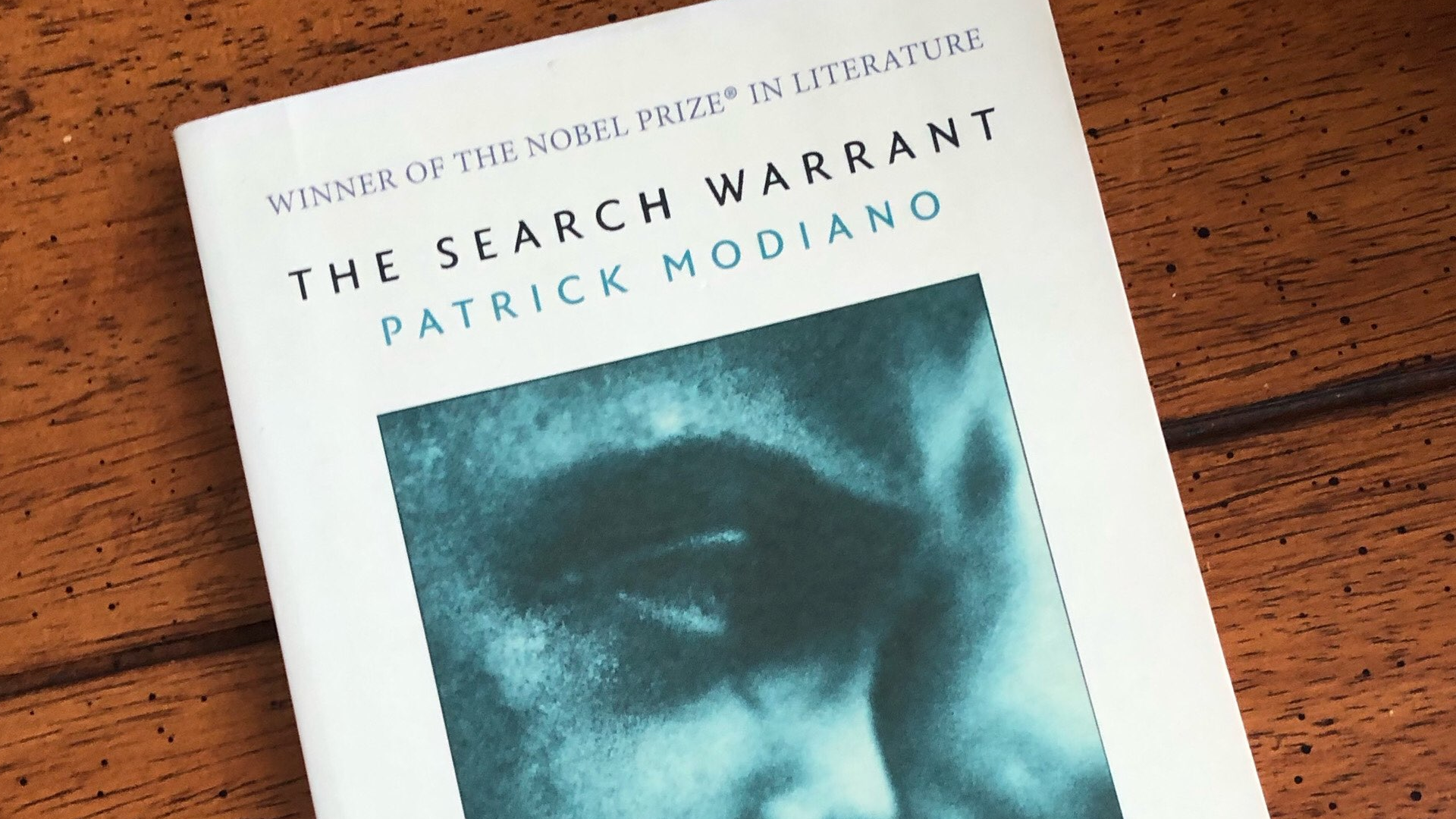Tucked behind the undergrowth and an industrial estate, the platform of Rushey Platt Station clings to a slope. Cuttings and embankments are overrun with trees, blocking sunlight from the path, as cyclists pass through like the steam engine’s decades long shadow. On my walks down the railway path I feel lost amongst wildlife, whilst aware of the scars of a human feat I am treading. The past ruptures through the here and now, directing the movements and growth of all living things. If so, where is it? Can we still access it?
A simple missing persons notice in an old copy of the Paris Soir haunted the author Patrick Modiano, in 1988. Its subject, Dora Bruder, would drive him to write the fictional Honeymoon and then, ten years later, The Search Warrant. Only after the completion of the former did he gain any to catch a “vague gleam of the truth” (49). The latter details his obsession, a toil between ethics and a lack of documentation. Fabricating a lost life of a potential Holocaust victim seems as wrong as it is dissatisfactory.
In trying to locate the past, The Search Warrant avoids filling Dora’s life with generalised facts. It would seem wrong to us to take one Englishman’s struggle in the pandemic as representative of all English people’s experiences of 2020. What can Modiano do but follow the real life places that Dora inhibited, while continuously asking questions that dissipate into the silence. Readers are reminded of this, a wearying justification, potent in the novel’s foregrounding of its predecessor’s failure. It’s frustrating to read, but generalisations will not help us locate the past behind “this thick layer of amnesia”.
Dora is never found. She is shrouded in ceaseless questions, which in the typical novel would be resolved in a moment like catharsis. The novel ends early, as if Modiano resigned half-way through writing, and the story sinks to the ground. The past Modiano seeks is irretrievable in its entirety. One document exemplifies this. It declares Dora was evacuated with her boarding school to Béthisy, but was this “Was this Béthisy-Saint-Martin? Or Béthisy-Saint-Pierre?” (34-35). Both of these villages were in the same area. The possibilities of what Dora did with her everyday life are numerous, and it can only take someone willing to stray from facts to go any further.
Situating Dora topographically is possibly where the novel succeeds and gives us a lasting lesson. As Timothy Ingold puts it, the landscape is “an enduring record of . . . the lives and works of past generations who have dwelt within it, and in doing so, have left there something of themselves”. Retracing Dora’s movements leads the narrator to a road to Roissy airport. The same route that Dora and many others were taken to Drancy camp. One road that shamelessly still bears the name Drancy on the road sign. Paris, a city at the heart of twentieth-century thought – the home of Jean-Paul Sartre, Roland Barthes, Michel Foucault – how could this modern city be powered by the same arteries of a murderous regime? This passage strikes at the reader’s heart. If we were standing on any high ground, believing that the world was far from the past, our knees and hands are now grazed. I can only describe this sensation through the punk rock song ‘Gary Gilmore’s Eyes’, which tells of a transplant patient waking with the eyes of a murderer.
Much of what I have written for you is a simplification of an essay of mine. In it, I describe the murderous roads as the trauma of the land. This is a conception of the past I think Modiano tries to get across. A landscape strained by its past, with an affected behaviour felt and passed onto its dwellers. People view the Holocaust as an event beginning with Hitler’s election and ending with the war in 1945. The Holocaust still lurks beneath us in the roads. And a 2017 Australian study showed evidence of transgenerational trauma in the grandchildren of Holocaust survivors. Participants were recorded to possess a fear of a similar genocide. A trauma that keeps their identity as Jews “in tension with their nationality”. The past is a constant companion.
The Search Warrant asks ‘where is the past?’, and its historiographical investigation refutes the historian who claims to speak the past. The objective reality is far from anyone’s grasp. Times gone live on through consequences, felt through: oppressive legislature and political structures, population changes and tension, and in the shape of the land (trauma). We experience the sum of all consequences, in the same way, a book is the sum of an author’s struggles, experiences, and inspirations. The failure of Modiano’s novel, what may be perceived as its weakness, is a demonstration. It brings together Dora’s world and ours, her walking down streets that we too can walk. And for this, I love the novel. The way it forces readers, haunts them even, into critical engagement with the past is commendable.
CREDIT
This article uses the following:
- Cohn, I. G. & Morrison, N. M. V. (2018). Echoes of transgenerational trauma in the lived experiences of Jewish Australian grandchildren of Holocaust survivors. Australian Journal of Psychology, 70(3), pp. 199-207. https://doi.org/10.1111/ajpy.12194
- Ingold, T. (2005). The Perception of the Environment: Essays in livelihood, dwelling and skill. Routledge.
- Modiano, P. (2014). The Search Warrant (J. Kilmartin, Trans.). Harvill Secker.

